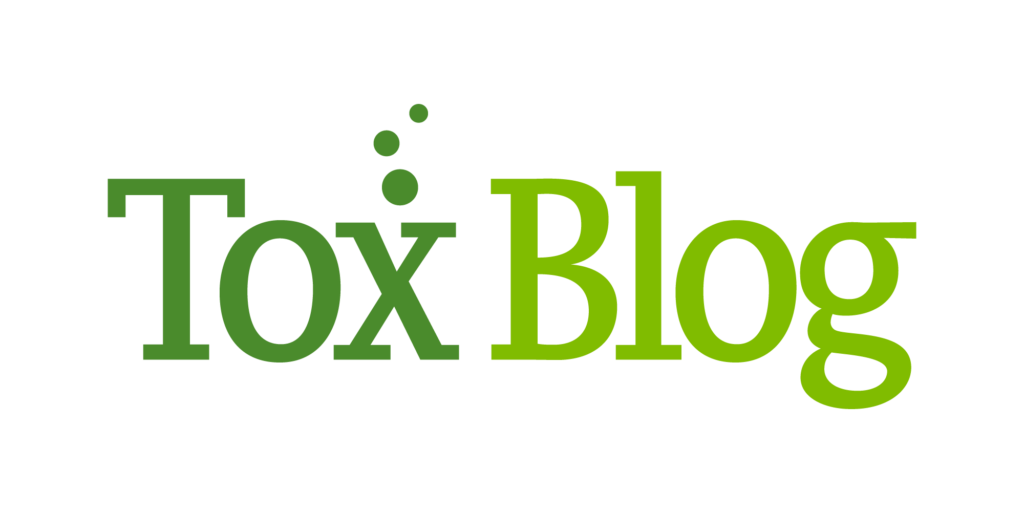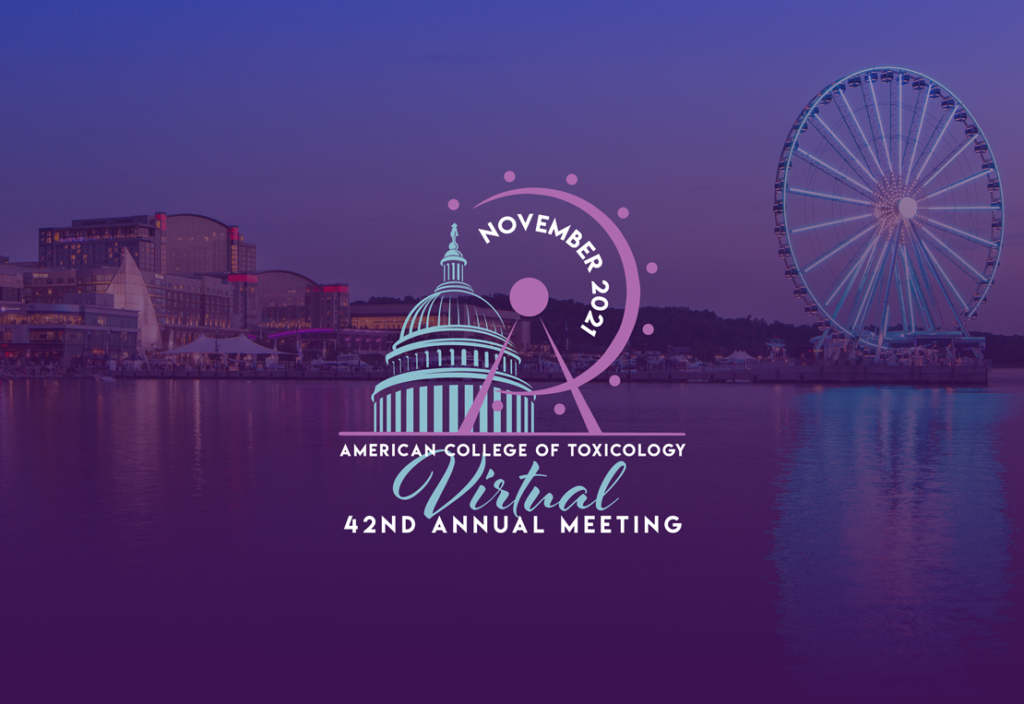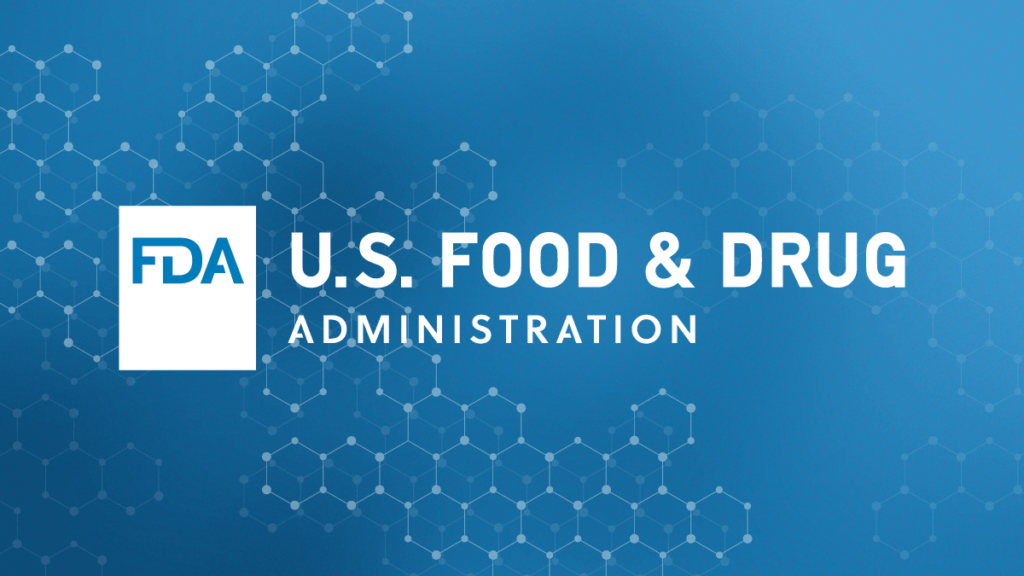

Plans for a return to the Moon in 2024 and manned exploration of Mars, as well as a burgeoning commercial space tourism movement, have renewed concern about human exposure to radiation in space. There are several sources of space radiation[1]:
- Radiation belts caused by Earth’s magnetic field (i.e., the inner “Van Allen” radiation belt and the outer radiation belt
- Galactic cosmic radiation
- Sporadic solar particle events, when particles emitted by the sun become accelerated and shoot into space
- “Trapped radiation” resulting from interactions between space radiation and planetary or lunar soil.
On Earth, we are protected from space radiation by the Earth’s magnetic fields and atmosphere. Routine space tourism flights will be into low earth orbit, which, while higher in radiation exposures than on the Earth, will receive protection from the Earth’s magnetosphere.
However, space radiation is different from the kinds of radiation we experience here on Earth. Radiation exposure is one of the major concerns for astronaut health. According to the National Aeronautics and Space Administration (NASA), “Space radiation is comprised of atoms in which electrons have been stripped away as the atom accelerated in interstellar space to speeds approaching the speed of light – eventually, only the nucleus of the atom remains. Beyond Low Earth Orbit, space radiation may place astronauts at significant risk for radiation sickness, and increased lifetime risk for cancer, central nervous system effects, and degenerative diseases.”[2]
When the next astronaut to reach the moon walks on the lunar surface in 2024, they will experience a radiation dose of approximately 140 millirem/day from galactic cosmic radiation and neutrons emanating from irradiated lunar soil. This is 100 to 200 times higher than the natural background radiation dose they would receive on Earth (about 300 millirem/year). According to NASA, astronauts can be exposed to radiation doses in the range of 5,000 to 200,000 millirem at times—for example, during a solar particle event. That is the equivalent of 150 to 6,000 chest x-rays.[3]
There are large uncertainties and data gaps in attempting to predict potential health impacts from potential space radiation exposures incurred by space travelers. Few to no epidemiological data on cancer incidence or mortality exist for the space radiation environment. Data from the manned lunar landings to date, from which space radiation exposure was short-term given the flight plans, do not provide a sufficient basis for predicting human health effects of radiation exposures that occur beyond low earth orbit. Neither do any human circumstances exist that are analogous to galactic cosmic radiation exposure. Recommendations from the National Council on Radiation Protection & Measurements (NCRP) for an acceptable level of space radiation exposure are extrapolated from observations of Hiroshima atomic bomb survivors, those who have undergone radiation therapy for cancer or for medical diagnosis, and nuclear facility workers who had intake of radionuclides that exposed brain tissue. These populations received radiation exposures that differ from the chronic, low-level cosmic radiation exposure (interspersed with random acute solar particle event exposures) that will occur in space.
Attempts have been made to predict health impacts from galactic cosmic radiation at various dose levels, using extrapolation from low-linear-energy-transfer epidemiology studies.[4] Epidemiologic studies have been conducted in astronauts and pilots who spend prolonged times at high altitudes, but these studies are insufficient to assess space radiation exposures beyond low earth orbit.[5]
As we move forward with space travel, data specific to the space-flight environment will be compiled to support health risk predictions and develop protection strategies. EpidStrategies and ToxStrategies scientists will continue to be involved in this important new frontier of health risk assessment. More information about ToxStrategies’ and EpidStrategies’ range of capabilities in all types of radiation risk assessment here.
[4] Cucinotta et al., 2001
[5] Peterson LE, Pepper LJ, Hamm PB, Gilbert SL. Longitudinal study of astronaut health: mortality in the years 1959-1991. Radiat Res. 1993;133:257-264.; Hamm PB, et al. Risk of cancer mortality among the Longitudinal Study of Astronaut Health (LSAH) participants. Aviat, Space Environ Med. 1998;69:142-144.; Gundestrup M, Storm HH. Radiation-induced acute myeloid leukemia and other cancers in commercial jet cockpit crew: a population-based cohort study. Lancet. 1999;354:2029-2031.; Mason TJ, Miller RW. Cosmic radiation at high altitudes and U.S. cancer mortality, 1950-1969. Radiat Res. 1974;60:302-306.






